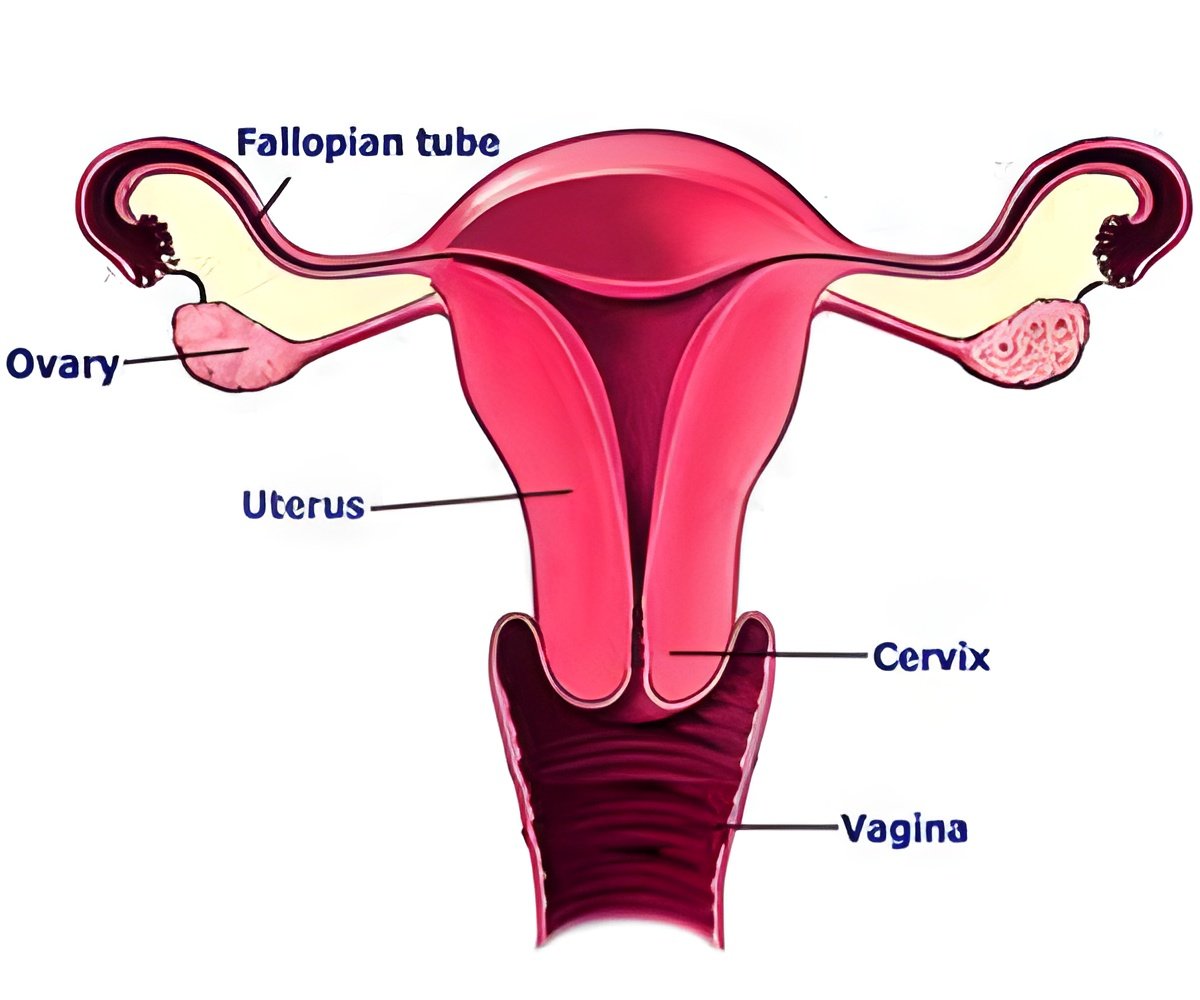The study uncovers the cellular and molecular mechanisms underlying how TBX3 mutations interfere with the onset of puberty in ulnar-mammary syndrome patients.

Brain Receptor Linked to Puberty Onset
The hypothalamus, one of the most complex brain regions in the mammalian nervous system, contains an astonishing heterogeneity of neurons that regulate endocrine, autonomic and behavioral functions. It not only regulates food consumption, water intake, body temperature, circadian rhythm and sleep to maintain the survival of individual organisms, but also controls puberty onset and reproductive behavior to sustain the breeding population.‘Genetic ablation of Tbx3 significantly delays the puberty onset of animals and disturbs the estrous cycle of female mice.’





The neuroendocrine system consists of a heterogeneous collection of neuro-peptidergic neurons in the brain, among which hypothalamic KNDy neurons represent an indispensable cell subtype controlling puberty onset. Although it has been proposed that hypothalamic neural progenitors and neuronal precursors along the lineage hierarchy adopt a cascade diversification strategy to generate extreme neuronal diversity, the cellular logic for specifying a subtype of neuroendocrine neurons has been unclear. Previous genetic studies suggest that genetic mutations in TBX3 cause ulnar-mammary syndrome (UMS), which is characterized by shortened forelimbs, defective mammary gland development and genital abnormalities. It is notable that most UMS patients display delayed onset of puberty.
At the cellular level, TBX3 plays an important role in the fate establishment and maintenance of hypothalamic KNDy neurons. In addition, at the molecular level, TBX3 regulates gene transcription via phase separation, thereby inducing neuropeptide expression in the hypothalamic neurons.
Importantly, multiple TBX3 mutants identified in UMS patients fail to form phase-separated condensates and cannot efficiently regulate neuropeptide expression, which provides a pathological mechanism underlying the delayed puberty in UMS patients.
Furthermore, Prof. WU Qingfeng from the Institute of Genetics and Developmental Biology of the Chinese Academy of Sciences aimed to answer how neuronal lineage progresses during hypothalamus development under physiological and pathological conditions. He and his colleagues used an unprecedented strategy of cell-type alignment by comparing single-cell datasets from lineage tracing and genetically manipulated mice, and revealed two lineage-independent rules—intralineage retention (ILR) and inter-lineage interaction (ILI)—that regulate lineage progression under pathological conditions.
Advertisement









